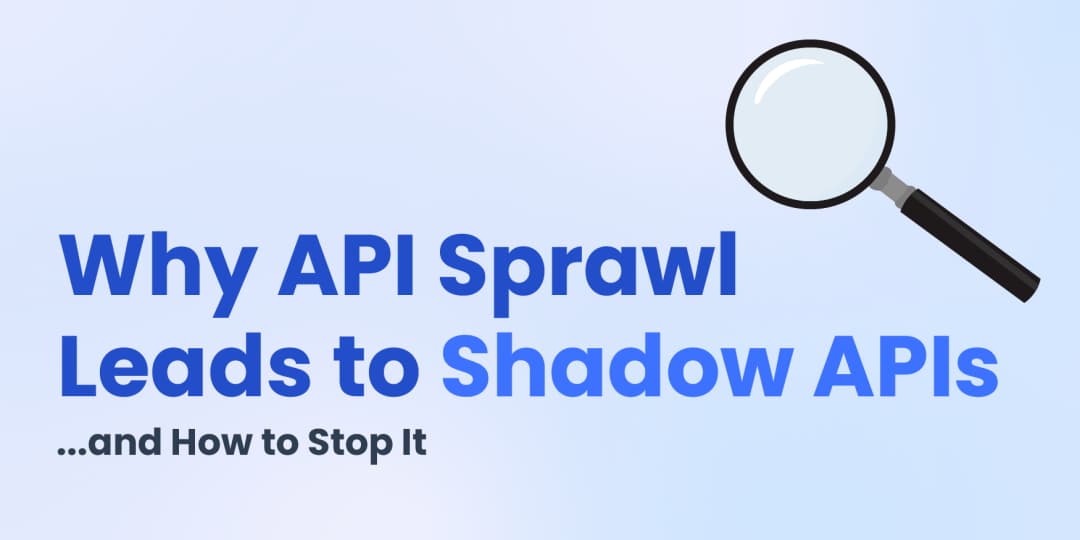API Design | Mar 17, 2023 | 5 min read | By Jeff Nabors

Jeff Nabors is a freelance writer and content specialist with a focus on B2B SaaS and developer tools. Since 2019, he has crafted clear, engaging content that helps simplify complex tech topics for a wide range of audiences. With experience in both writing and content management, Jeff has worked with startups and established tech companies to create resources that educate, inform, and connect with readers.
Money talks, as they say. And in the current digital age, there are a lot of conversations happening. With the rise of FinTech over the last few years too, it’s hard to get a grasp on it all.
Thankfully, software developers don’t need to worry about trying to include all of the strict regulations that come with money management, thanks to FinTech APIs. These APIs are a direct connection to help your organization simplify development while ensuring that your financial data is secure and your platform can operate safely within regulations.
In this article, we'll explore what FinTech APIs are and how they can elevate your business. We'll also highlight the top ten FinTech APIs you should look into adding to your existing tech stack.
A FinTech API is a specialized API that leans heavily in the financial sector — hence the name. These APIs help simplify software development and add crucial features such as payment processing and financial regulation, or they can be data aggregates for other uses too.
Unlike a traditional API, a FinTech API stays mainly within the realm of the financial world (as you’d expect). These APIs put a strong emphasis on security, since they need to stick to the strict government regulations that come along with finances. They also need to help prevent issues such as money laundering and fake users, which both add to the need for heightened security.
FinTech APIs are specialized APIs that offer a range of different functions and benefits to financial institutions and businesses. There are five main types of FinTech APIs that you should be aware of:
A good FinTech API should offer robust, secure data and simplify software development. It should also be tailored to the specific needs of the financial institution or business using it. Additionally, a good FinTech API should help prevent money laundering and fake users, while also providing a way to accept, validate, and process payments securely.
Here is a list of the ten best FinTech APIs:
We’ve all heard the name before. Stripe covers everything from physical points of sale to accepting payments on the web and everything in between. Their powerful API can handle payment processing, billing and invoicing, and a myriad of other options. They also hold a strong stance against fraud by including it by default in their platform, so you can have peace of mind.
While Stripe may facilitate payments, Plaid offers you a way to integrate your user’s existing banking credentials to accelerate your own platform. By using financial data from your customer’s banks, Plaid helps you speed up banking as a whole. And by offering a seamless experience, your users can feel confident using your tech.
One of the biggest names in the game, PayPal has offered an API for quite a while now. Through them, you can handle payments of all kinds while still staying secure. Plus, they also offer integrations with third parties, so you won’t need to completely upend your product.
When it comes to protecting your platform, you’ll need top security. And with ID.me, you can keep your customers and your product safe. They offer an easy way to add digital identity verification to your product and use automated SCRA monitoring to help keep you within regulations.
Data is king, and Alpha Vantage’s API Stock Market API offers you a plethora of data. They include up-to-date and historical data for stocks, Forex, and even cryptocurrencies. And with the ability to export the data into whatever format you need, you’ll be leagues ahead of the competition regarding analysis. Plus, it’s free to sign up!
FinTech is a robust and rapidly growing industry, with Deloitte stating that it was worth over $180bn in 2020 alone, with $210bn invested in the sector by the end of 2021. Customers rely increasingly on the digital world for their banking needs, which means the adoption of FinTech APIs is too.
Hopefully, through this article, you’ve seen the benefits of adopting a FinTech API and maybe even found one that suits your needs. And if you’re looking to centralize all of your APIs into one central location, look no further than Treblle.
 API Design
API DesignAPI authorization defines what an authenticated user or client can do inside your system. This guide explains authorization vs authentication, breaks down RBAC, ABAC, and OAuth scopes, and shows how to implement simple, reliable access control in REST APIs without cluttering your codebase.
 API Design
API DesignRate limiting sets hard caps on how many requests a client can make; throttling shapes how fast requests are processed. This guide defines both, shows when to use each, and covers best practices.
 API Design
API DesignUnmanaged API growth produces shadow endpoints you can’t secure or support. This guide explains how sprawl creates blind spots, the security and compliance risks, and a practical plan to stop it at the source.